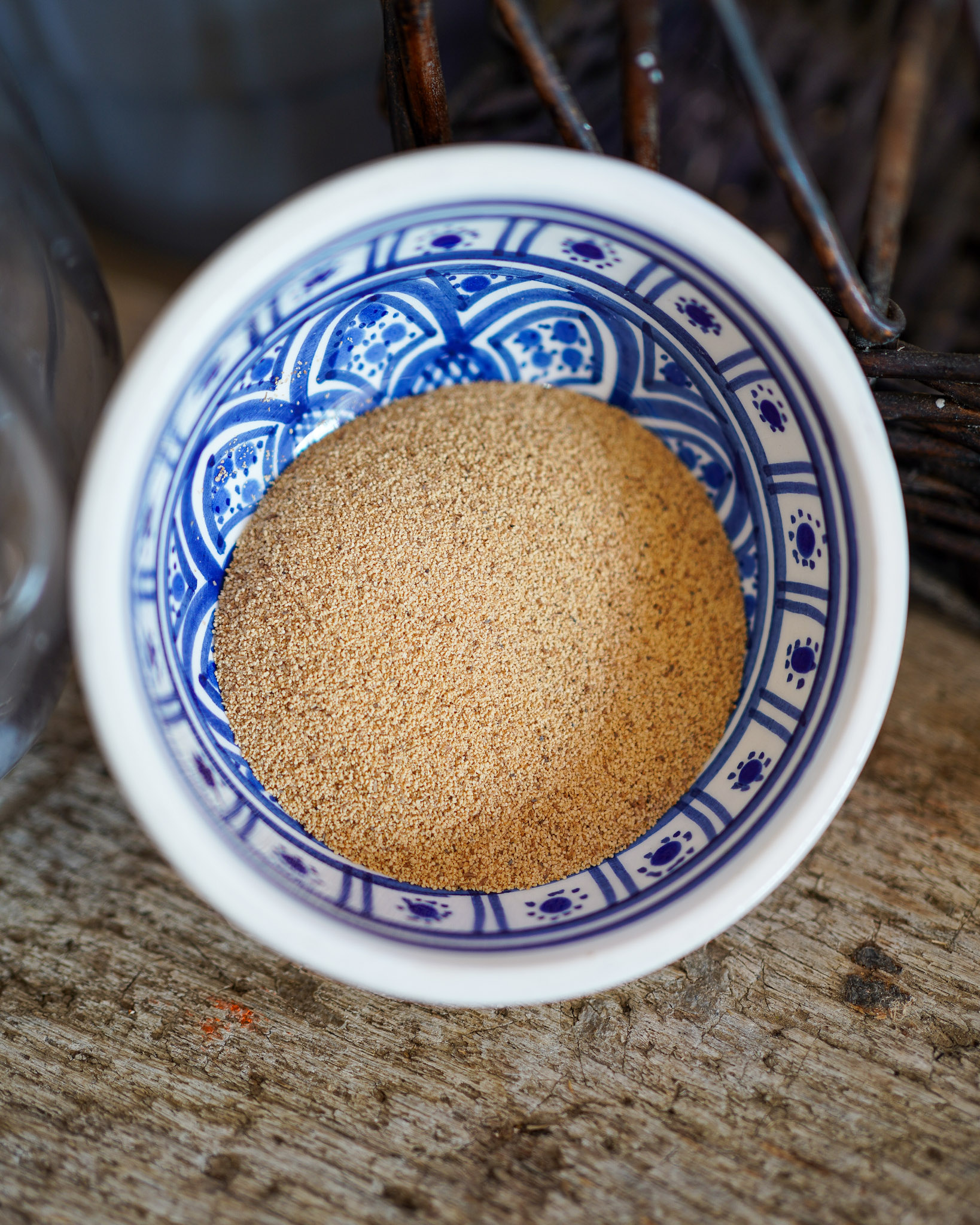
Mechanical (a.k.a. physical) exfoliation lifts away dead surface cells using particles, fibers, or tools that gently polish the skin. When chosen and formulated well, it can instantly improve skin radiance, smoothness, and product absorption. The key is particle geometry, size, hardness, and concentration—and matching the exfoliant to the skin area and type.
Rule of thumb: For face, choose rounded, micro-fine, low-hardness particles. For body, slightly larger particles are acceptable.
| Exfoliant | Face | Body | Notes |
|---|---|---|---|
| Jojoba esters | ✔️ | ✔️ | Best all-rounder, rounded, gentle |
| Bamboo powder | ✔️ | ✔️ | Fine, brightening feel |
| Rice powder | ✔️ | ✔️ | Very gentle; great in cleansing grains |
| Colloidal oat | ✔️ (co-exfoliant) | ✔️ | Soothing, minimal abrasivity |
| Cellulose beads | ✔️ | ✔️ | Plant-based microbead alternative |
| Silica (amorphous) | ✔️ (low %) | ✔️ | Adds slip, mild polish |
| Pumice (micro-fine) | ❌ | ✔️ | Heels/elbows only |
| Luffa powder | ❌ | ✔️ | Stronger scrub |
| Fruit seed powders | ⚠️ micro-milled only | ✔️ | Watch scratchiness |
| Nut shell powders | ❌ | ✔️ | Angular; avoid for face |
| Coffee grounds | ❌ | ✔️ | Upcycled; can stain |
| Sugar / Salt | ❌ (generally) | ✔️ | Great for anhydrous scrubs |
| Diatomaceous earth | ⚠️ co-exfoliant | ✔️ | Oil-absorbing |
| Konjac sponge | ✔️ | ✔️ (light) | Tool, not a raw material |
For facial products, prioritize round, fine, and soft particles like jojoba esters, cellulose beads, rice, and bamboo. For body, you can incorporate sugar/salt, fruit seed powders, luffa, or micro-fine pumice—still with a cushiony base and sensible usage rates. Always formulate for glide, suspension, safety, and sustainability to deliver that polished, healthy glow without compromising the skin barrier.
Cheers,
La Mayca x